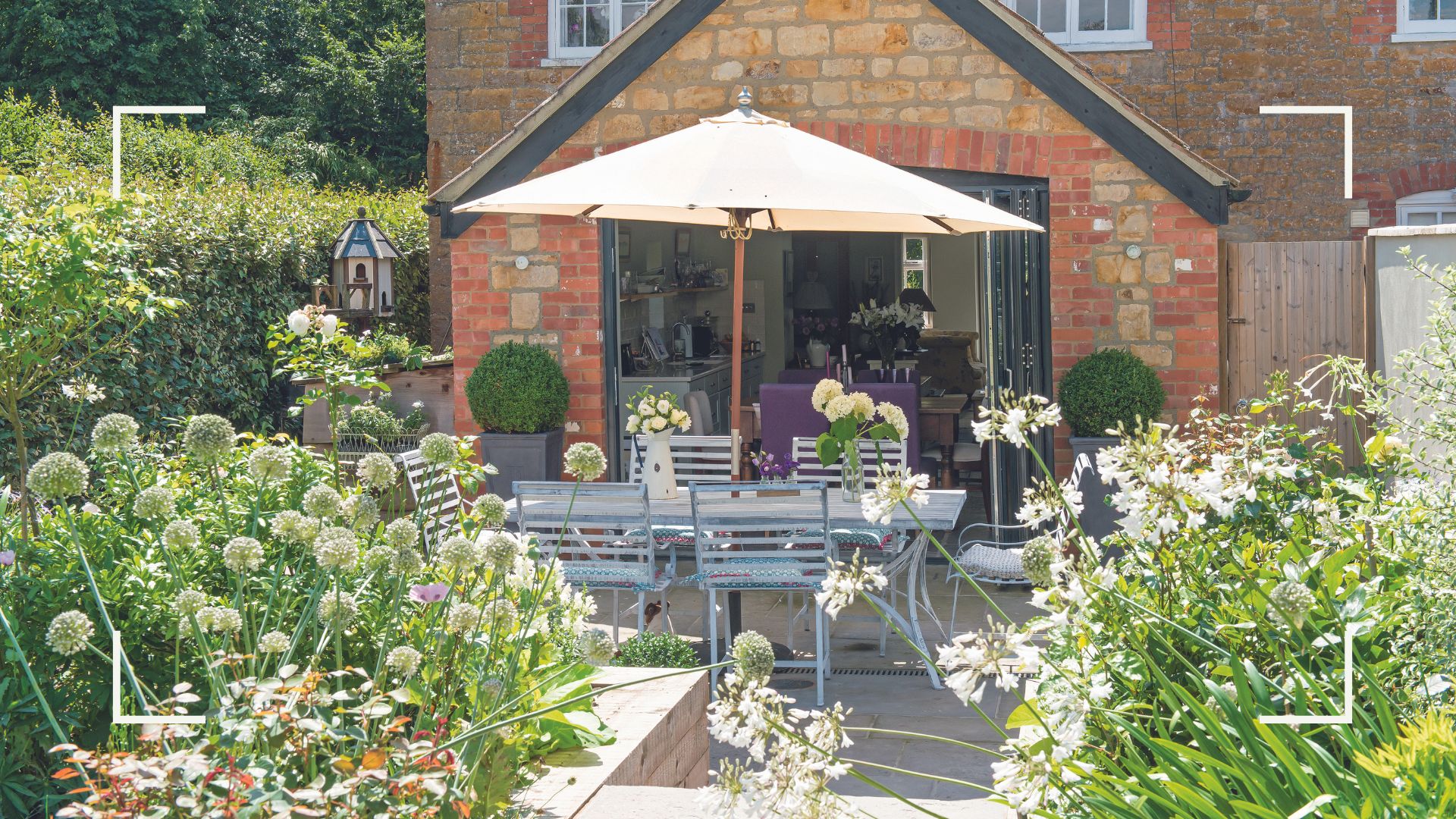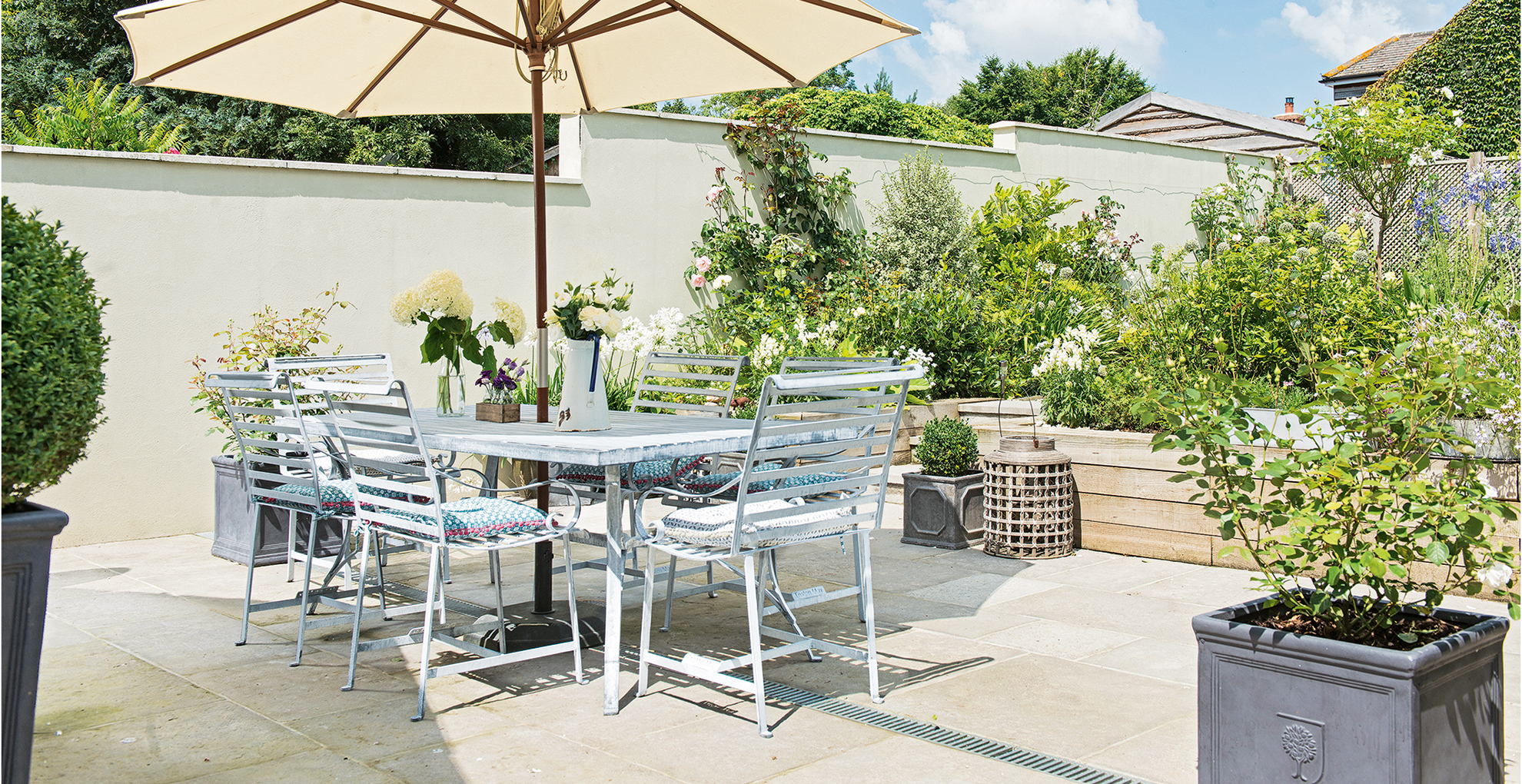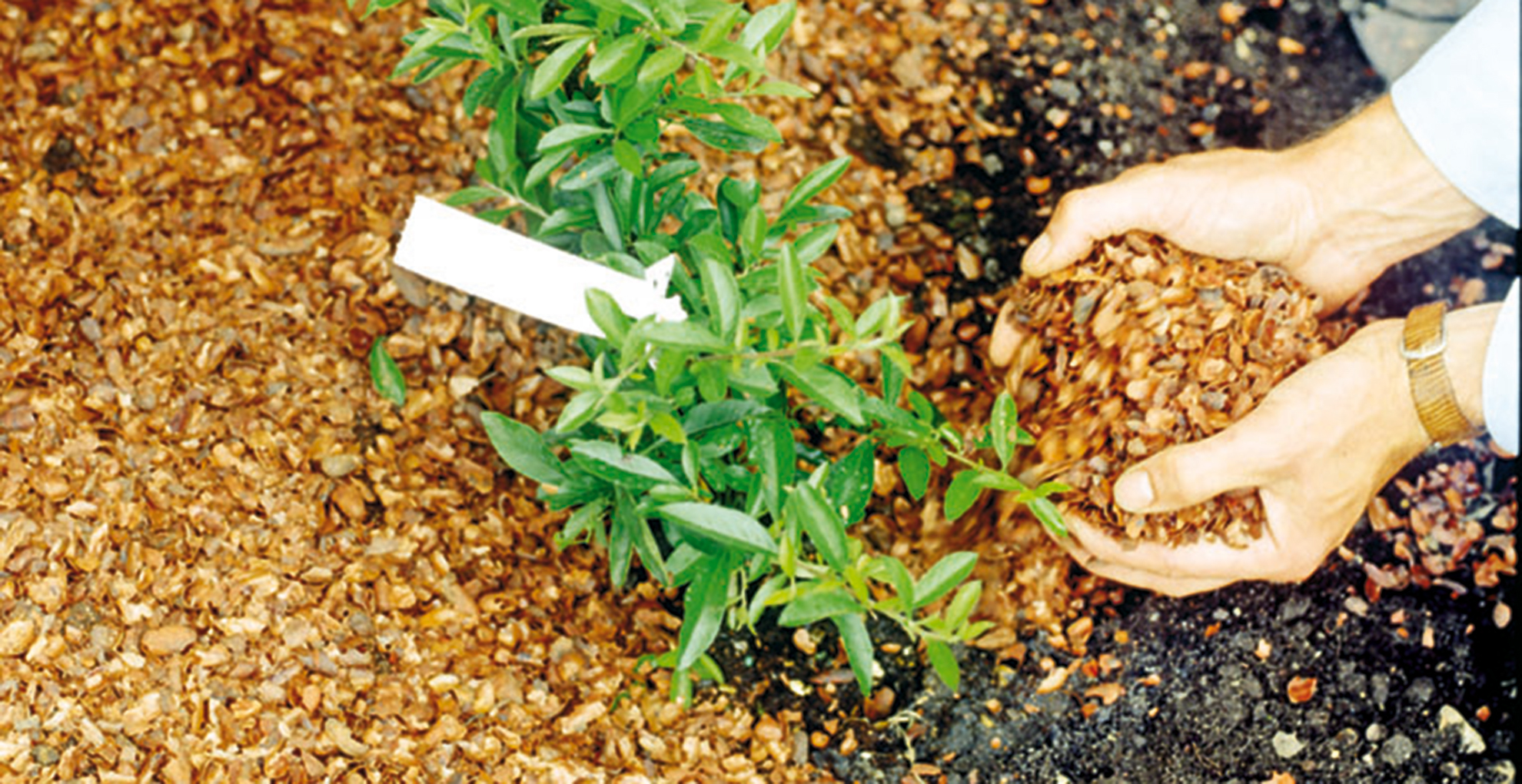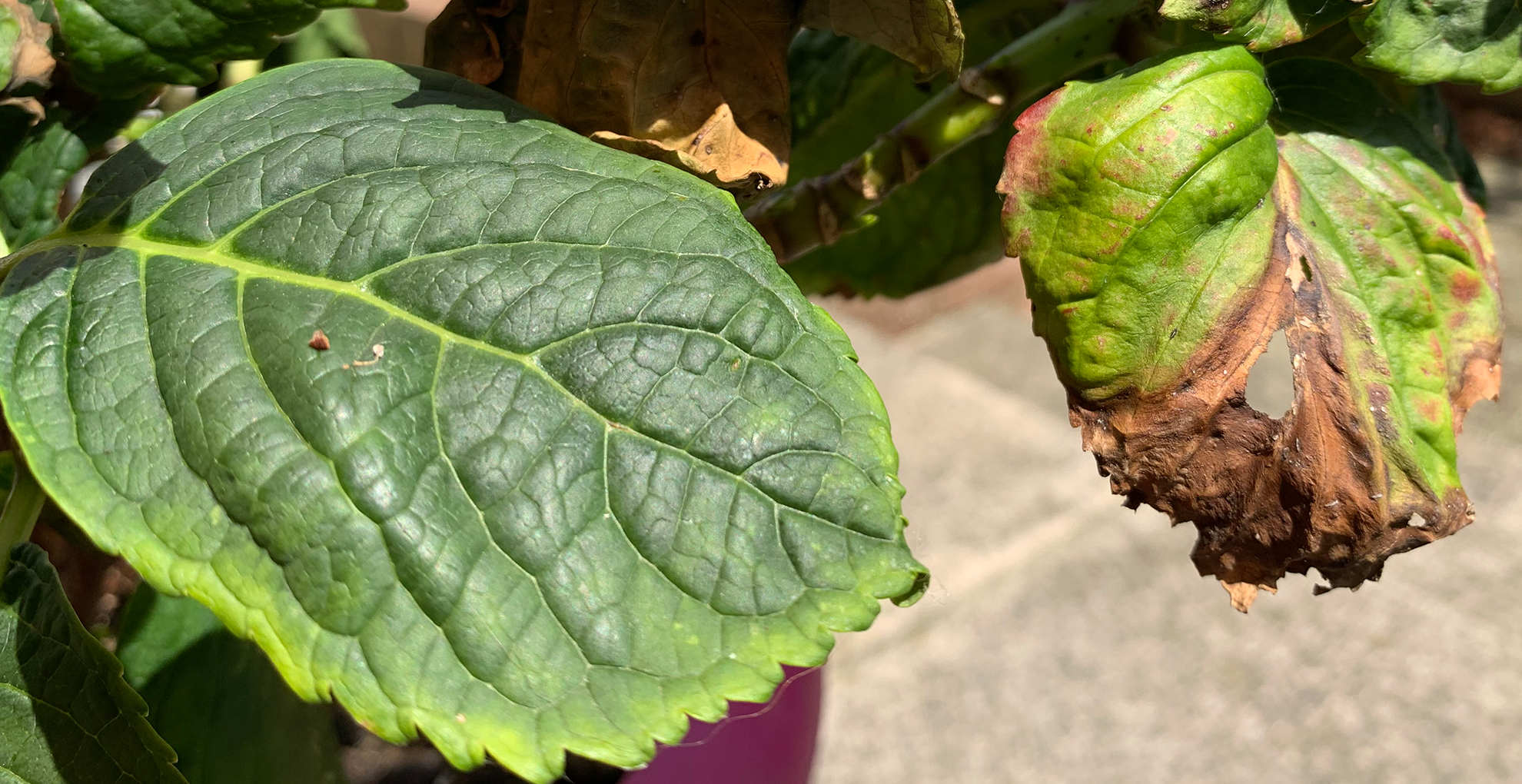
As the heatwave hits experts are urging keen gardeners to remember the welfare of their beloved plants to keep them sunburn-free.
Yes, you read that right your plants can suffer from sunburn too. While we apply the best sunscreens to prevent sunburn it's all too easy to forget too much direct sun exposure during extreme heat can also leave our best garden plants at threat from sunburn damage.
While we think about how to water the garden to ensure our plants stay hydrated and even consider how to keep our gardens healthy while on holiday we rarely consider anything beyond that concerning the effects of excessive sun exposure.
Luckily the gardening experts have it covered, advising how to avoid sunburnt plants during the hot weather.
How to avoid sunburnt plants: 5 expert tips in summer heat
Keeping your plants safe from sunburn is essential for their health and growth, similar to how summer lawn care tips are important to cater to the needs of stressed grass blades.
"When plants get too much sun, their leaves can get scorched, turn brown or white, and become crispy or wilted," explains gardening expert Chris Bonnett from GardeningExpress.co.uk.
“This sun damage also messes up their ability to make energy through photosynthesis, making them weaker and more prone to diseases and pests, which means fewer beautiful blooms.
Keeping an eye on your plants and acting quickly can help them stay healthy and thriving, even in the hottest weather.” On that note, here are his top tips to keep your plants happy in the heat...
1. Rethink position and pot placements

The first thing you can do is seek shade. This is a super easy job for the best patio container plants, you simply move them to a shaded spot in the garden.
"Choosing the right location for your plants based on their sunlight needs is essential," advises Chris. "Place shade-loving plants in naturally shaded areas and sun-loving plants where they can get adequate light without being scorched."
You can also try grouping your pots for safety in numbers. "Planting in clusters can create a more humid and cooler microclimate" Chris explains.
"Grouping plants with similar water and light needs together provides mutual shade and reduces overall temperature, fostering a supportive growing environment."
2. Seek shade
For planted beds and borders, you need to get more creative with your garden shade ideas.
"Providing physical barriers, such as garden umbrellas, shade sails, or large patio furniture, can offer immediate and adjustable shade," says Chris. "These barriers protect plant leaves from direct sunlight, helping to prevent sunburn effectively."
Chris suggests investing in a specially designed garden shade solution, saying: "Shade cloth is a fabric designed to filter sunlight and reduce the light intensity reaching plants." This Latern Shade Cloth Cover at Amazon is a great example, the mesh tarp is 2m by 10m to provide plenty of shelter from harmful sun rays.
"It can be draped over plants, attached to frames, or used to create temporary shelters," Chris suggests. "They’re often available in varying percentages of shade (e.g. 30%, 50%, 70%) to provide the appropriate protection based on the plant’s needs."
3. Ensure proper watering
It's all about hydration, hydration, hydration. "Ensuring plants receive adequate water, especially during the hottest parts of the day, is crucial," says Chris.
"Deep but infrequent watering encourages deep root growth, and watering in the early morning or late evening minimises evaporation, keeping plants hydrated and better equipped to handle heat stress."
While not watering your plants enough is key a huge summer gardening mistake to make in the heat so is getting water on leaves, this leaves the plants vulnerable to intense burning. So be sure to water only the soil when tending to any garden plants during summer heats.
4. Mulch for added protection

Mulch is the garden wonder that goes a long way to protect your plants. Whether it's for keeping roses flowering for longer in summer or insulating dormant beds in winter to protect plants from frost, this simple concept is highly effective.
"Applying a layer of mulch around the base of plants helps retain soil moisture, regulate soil temperature, and reduce heat stress," Chris explains. "Organic materials like straw, wood chips, or compost are ideal for mulching, creating a cooler and more stable environment for the plants."
Best of all you can embrace plenty of sustainable gardening ideas to make DIY mulch, including using wine corks in the garden.
5. Improve conditions
In addition to watering and feeding, there are a few savvy tricks to improve growing conditions to reduce the chance of your plants suffering sun side effects.
"Improving soil health with organic matter enhances its structure and water-holding capacity" Chris explains. "Healthy soil supports stronger plants that are more resilient to sunburn, making it a key strategy for heat protection."
For this try using banana peels in your garden or using orange peels on the soil to enhance the nutrients to improve overall health and growing conditions.
How can you tell if you have sunburnt plants?
Much like when human skin gets sunburnt there are visible signs, that will only get worse if not treated. “To spot sunburn, look for leaves with brown, dry, or bleached spots, especially on the side that faces the sun," says Chris.
"If you see wilting despite regular watering or crispy edges, your plant might be sunburned. When you notice these signs, try giving your plants some shade with cloths, reflective materials, or by moving them to a less sunny spot.

Choosing the optimum location for your plant pots is crucial to their health and well-being during extreme temperatures. It's not just your most alluring garden plants that are susceptible to sunburn houseplants are also prone.
Whether the easiest houseplants to keep alive or the hardest houseplants to care for, they can all be damaged by too much direct sunlight. It's often the cause of why your monstera leaf tips are turning brown or why your peace lily is drooping.
Keep this in mind the next time your room is flooded by sunshine, check your houseplants are doing ok.
!["[T]he First and Fifth Amendments Require ICE to Provide Information About the Whereabouts of a Detained Person"](https://images.inkl.com/s3/publisher/cover/212/reason-cover.png?w=600)






